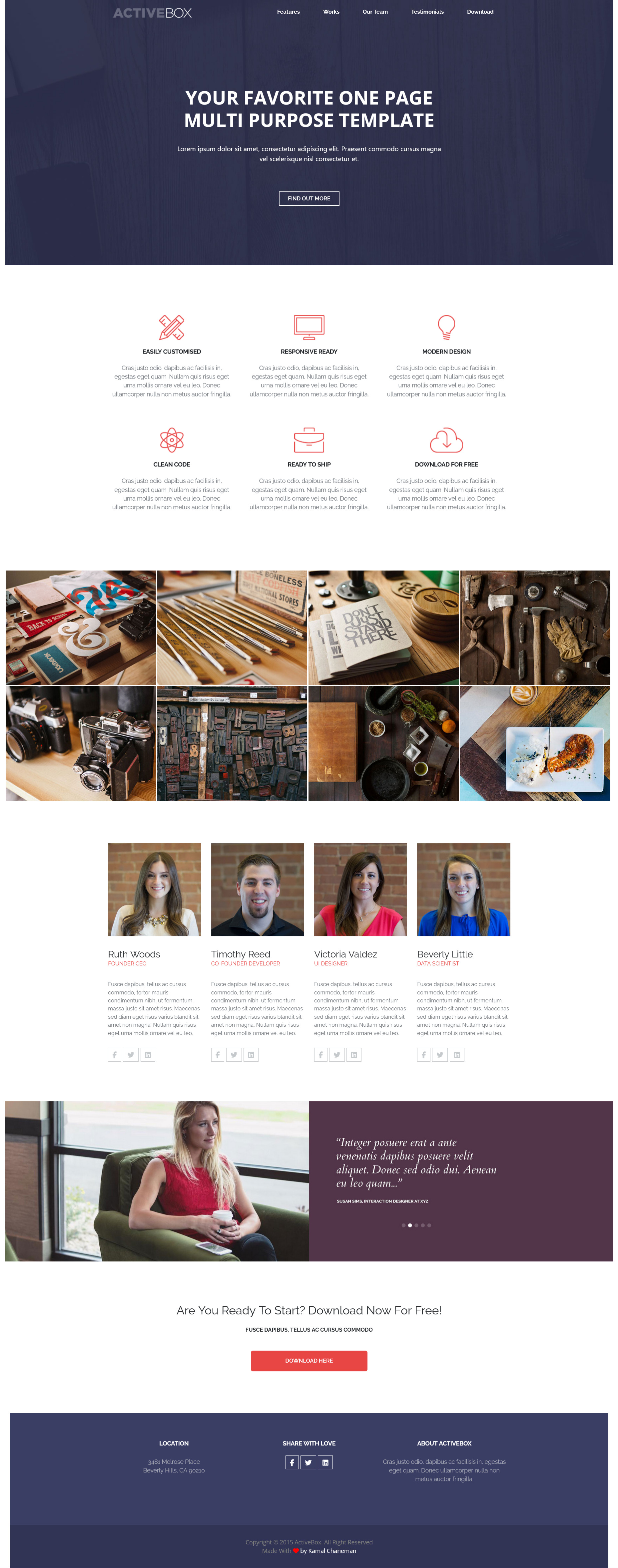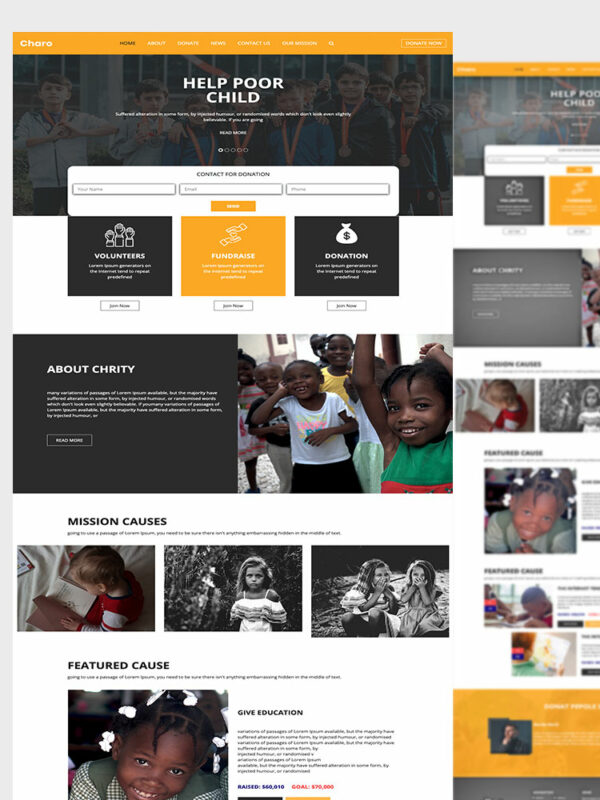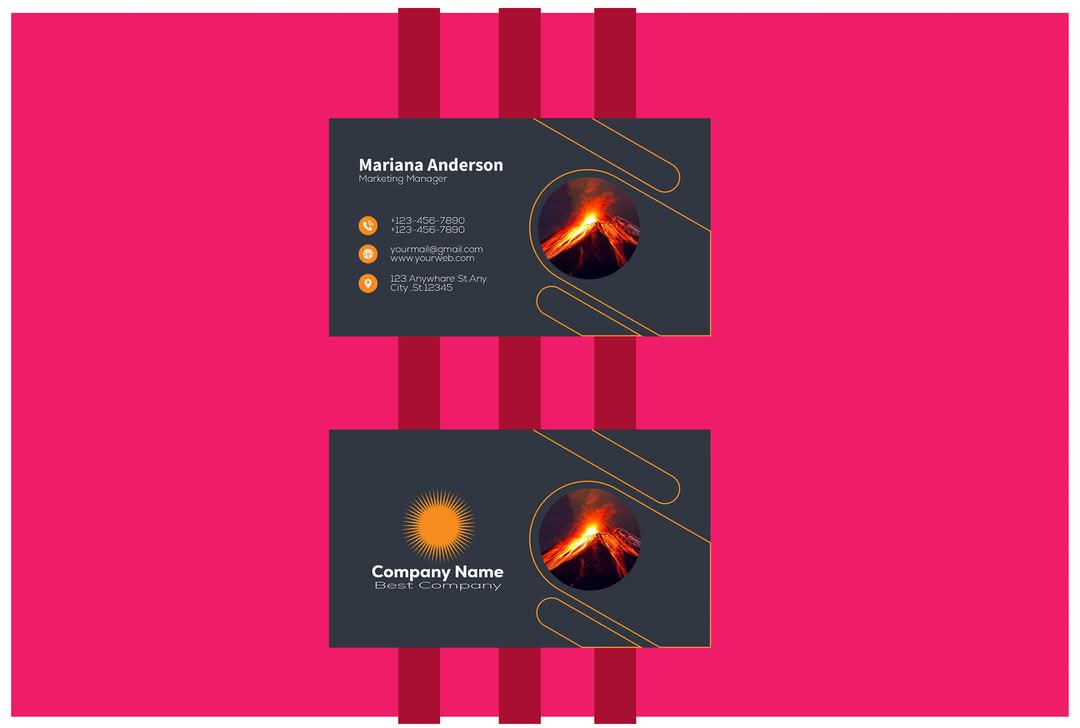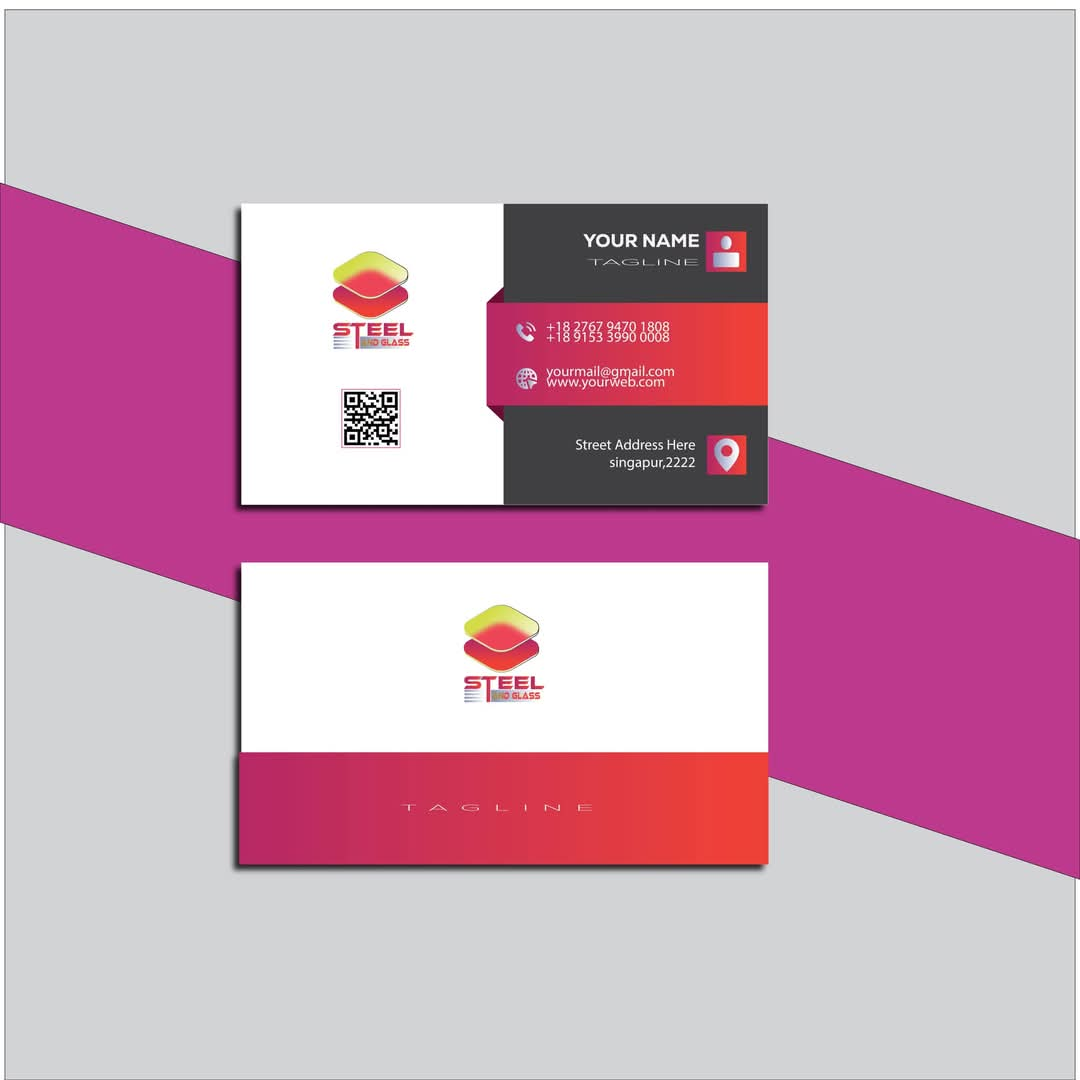HTML Tutorial
HTML (HyperText Markup Language) is the standard language for creating webpages. It uses tags like <html>, <head>, <body>, <h1>–<h6>, <p>, <a>, <img>, and others to structure content. Tags often come in pairs, with opening (<tag>) and closing (</tag>) syntax. HTML documents start with <!DOCTYPE html> to define the version. Content inside <body> is visible on the page. Attributes like href, src, and alt provide additional info. CSS can be used with HTML for styling. HTML5 introduces semantic tags like <header>, <footer>, and <section>. It's essential for web development and works with CSS and JavaScript.
CSS Tutorial
CSS (Cascading Style Sheets) is a language used to style and design HTML webpages. It controls layout, colors, fonts, spacing, and responsiveness. CSS can be added inline (inside an HTML tag), internally (inside a <style> tag in the <head>), or externally (linked through a .css file). It uses selectors (like p, .class`, or `#id`) and properties (like color, font-size, margin) to style elements. For example, h1 { color: red; } makes all <h1> headings red. CSS3 introduced advanced features like animations, transitions, and media queries, making websites more interactive and mobile-friendly. It works alongside HTML and JavaScript.
JavaScript Tutorial
JavaScript is a powerful scripting language used to create dynamic and interactive web pages. It runs in the browser and can modify HTML and CSS in real-time, respond to user actions, validate forms, create animations, and much more. JavaScript uses variables, functions, loops, and events to control behavior. You can write it directly in HTML using the <script> tag or link an external .js file. For example, document.getElementById("demo").innerHTML = "Hello!"; changes webpage content. JavaScript works closely with the Document Object Model (DOM) to access and manipulate page elements. It’s essential for modern web development alongside HTML and CSS.
JQuery Tutorial
jQuery is a fast, lightweight JavaScript library that simplifies tasks like HTML document manipulation, event handling, animations, and Ajax interactions. It uses a simple syntax like $("#id") to select elements and perform actions. jQuery helps developers write less code to achieve more functionality, improving cross-browser compatibility. For example, $("#btn").click(function() { $("#text").hide(); }); hides an element when a button is clicked. It’s added via a <script> tag linking to a CDN or local file. Though newer frameworks like React are popular, jQuery is still widely used for quick and easy front-end scripting in many web projects.
PHP Tutorial
PHP (Hypertext Preprocessor) is a server-side scripting language used to create dynamic web pages. It runs on the server and generates HTML sent to the browser. PHP can handle forms, connect to databases, manage sessions, and perform file operations. It's embedded in HTML using <? php ... ?> tags. For example, <? php echo "Hello, World!"; ?> prints text. PHP works well with MySQL and is commonly used in content management systems like WordPress. It supports variables, functions, loops, and error handling. PHP files typically end with .php, and the server must support PHP (like Apache with PHP installed) to execute the code.
Laravel Tutorial
Laravel is a powerful, open-source PHP framework used for building modern web applications. It follows the MVC (Model-View-Controller) architecture and simplifies common tasks like routing, authentication, sessions, and database management. Laravel uses Eloquent ORM for database operations, Blade as its templating engine, and Artisan for command-line tools. Projects are organized cleanly and support modular development. To start, install Laravel via Composer and use php artisan serve to run a development server. It emphasizes clean code, security, and developer productivity. Laravel also supports RESTful APIs, queues, middleware, and testing out of the box, making it ideal for scalable web apps.



























